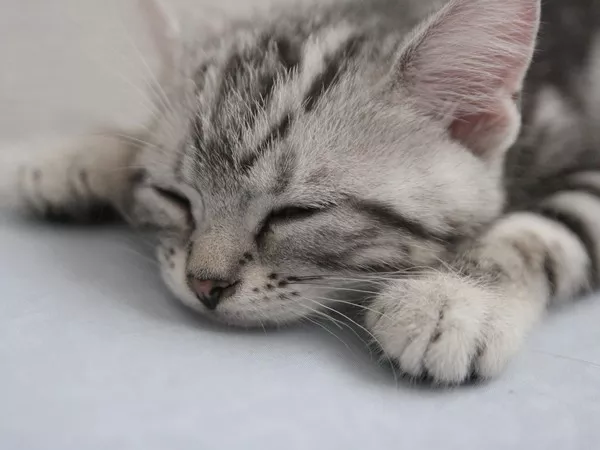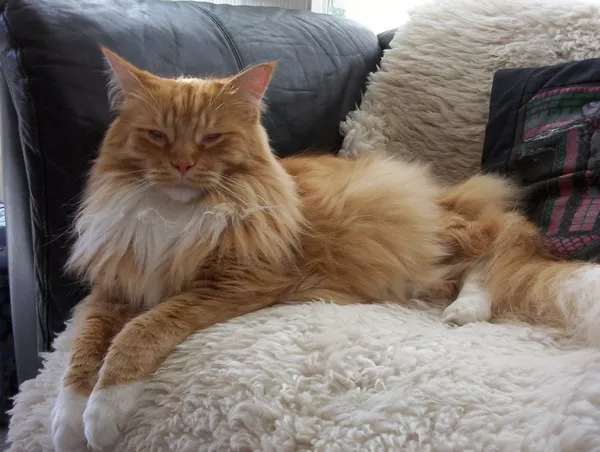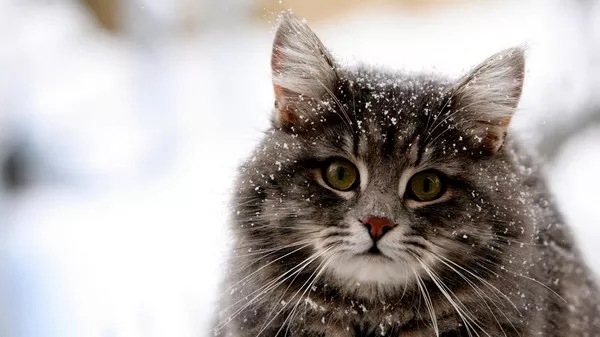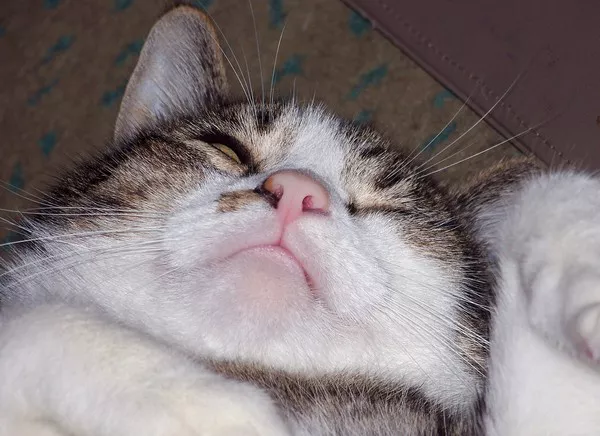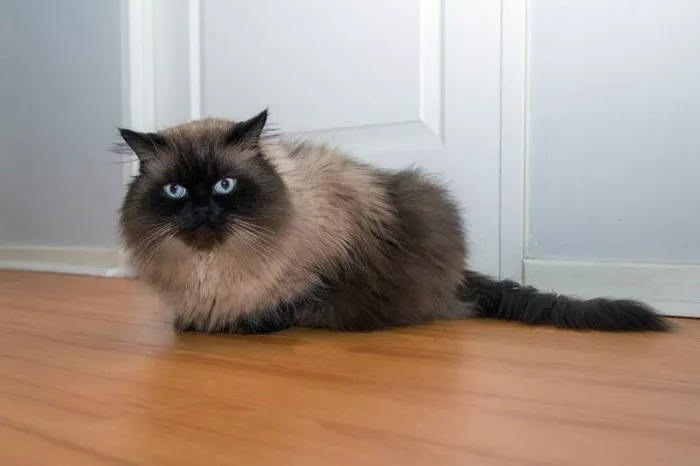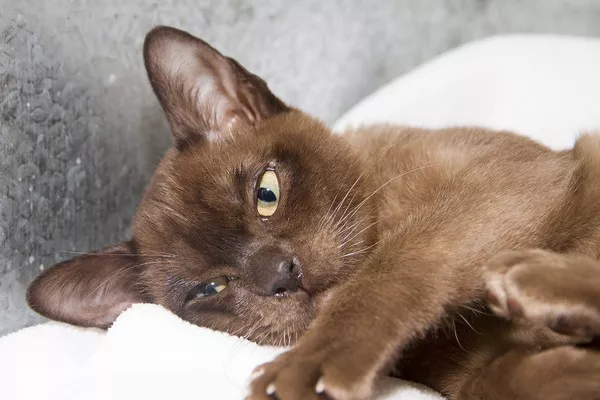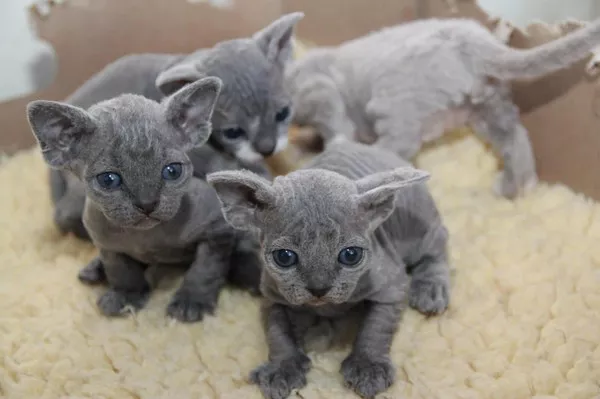The American Shorthair, a breed known for its robust health, friendly demeanor, and diverse coloration, is a favorite among cat lovers in the United States and beyond. This article delves into the genetic roots of the varied color patterns seen in American Shorthairs and provides detailed grooming tips to keep these beautiful cats looking their best.
Understanding the Genetics of American Shorthair Colors
The Basics of Feline Genetics
To comprehend how American Shorthairs get their colors, one must first understand the basics of feline genetics. Cat colors and patterns are dictated by a combination of several genes that control pigmentation, pattern expression, and fur distribution. These genes include those that determine the type of pigment (eumelanin for black and brown hues and pheomelanin for red and cream), as well as how this pigment is distributed or diluted.
Common Genes and Their Effects
B Gene: Determines whether the cat will be black or brown; the presence of the recessive b allele results in a brown or chocolate color.
O Gene: The sex-linked orange gene that overrides the non-red colors and produces red or cream colors. This gene is also responsible for the tortoiseshell pattern if present alongside black in females.
Dilution Gene (D): Affects the density of the pigment, turning black into blue (gray) and red into cream.
Tabby Gene: All cats carry the tabby gene, but its expression can vary widely, leading to patterns such as mackerel, classic, spotted, or ticked tabbies.
Specific Colors and Patterns in American Shorthairs
American Shorthairs can exhibit a wide range of colors and patterns, including solid, tabby, tortoiseshell, and calico. Each of these patterns involves a specific interplay of genetics that determines the final appearance of the cat’s coat.
The Role of Selective Breeding
Selective breeding has played a significant role in enhancing and stabilizing the color variations seen in the American Shorthair breed. Breeders have carefully selected mating pairs to produce desired colors and patterns while maintaining the breed’s health and other physical characteristics.
Grooming Tips for American Shorthairs
Understanding the Coat of an American Shorthair
The American Shorthair’s coat is thick and dense, designed to protect it from environmental elements. The texture can range from soft to slightly hard, depending on the color and pattern. This breed’s grooming needs are generally moderate compared to long-haired breeds but still require regular attention to maintain coat health and appearance.
Regular Brushing: Key to a Healthy Coat
Frequency: Brush your American Shorthair at least twice a week to prevent matting and reduce shedding. During the spring and fall, when shedding is more intense, increase brushing to every day.
Tools: Use a metal comb for the undercoat and a soft-bristled brush for the outer coat. A de-shedding tool can be particularly effective during peak shedding seasons.
Bathing: Less is More
Frequency: American Shorthairs typically do not require frequent baths. Bathing every few months, or as needed, is sufficient unless the cat gets particularly dirty.
Shampoo: Always use a cat-specific shampoo that is gentle on the skin and effective in enhancing the coat’s natural sheen.
Nail Care and Ear Cleaning
Nails: Trim your cat’s nails every 2-4 weeks to prevent overgrowth, which can lead to discomfort or injury.
Ears: Check the ears weekly for signs of dirt, wax buildup, or infection. Clean them gently with a vet-approved ear cleaner and a soft cloth or cotton ball.
Dental Hygiene: Often Overlooked but Vital
Teeth Cleaning: Brush your cat’s teeth regularly with cat-specific toothpaste to prevent dental disease, which can impact overall health.
Regular Check-Ups: Schedule annual dental check-ups with your veterinarian to maintain oral health.
Managing Shedding and Reducing Allergens
Diet: Feed high-quality cat food rich in omega-3 and omega-6 fatty acids to promote a healthy coat and reduce excessive shedding.
Air Quality: Use air purifiers to reduce airborne dander and hair, which can be beneficial for allergy sufferers in the household.
Conclusion: Celebrating and Caring for the Colorful American Shorthair
The American Shorthair’s array of colors and patterns not only adds to the aesthetic appeal of the breed but also highlights the fascinating world of genetic inheritance. Proper grooming plays a crucial role in maintaining the health and beauty of these colors, ensuring that American Shorthairs continue to thrive both in homes and in shows. By understanding the genetic underpinnings of their unique coats and adhering to a regular grooming regimen, owners can ensure that their American Shorthairs are not only stunning to look at but healthy and happy as well.

